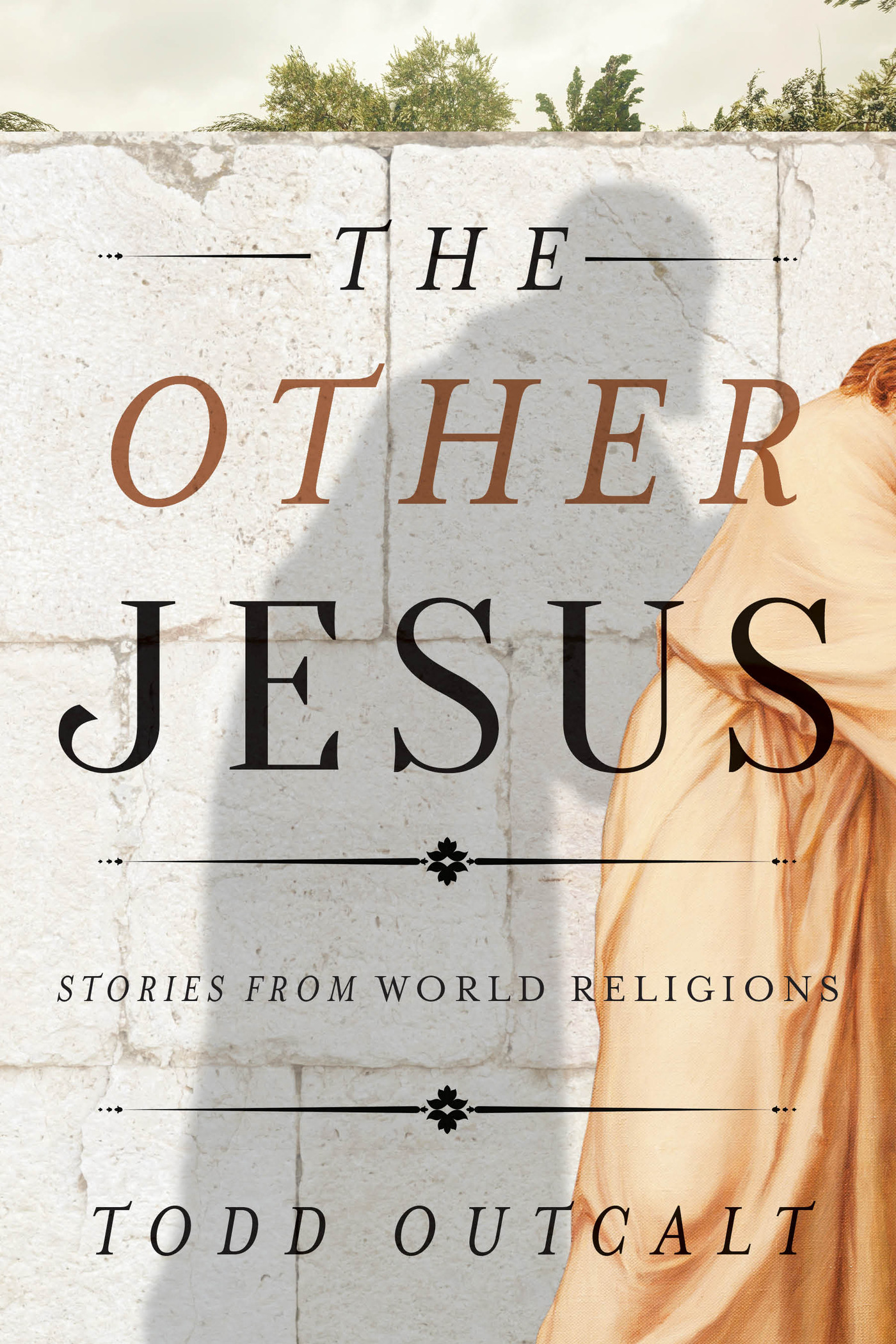The Other Jesus
The Other Jesus
Stories from World Religions
Todd Outcalt
ROWMAN & LITTLEFIELD
Lanham Boulder New York London
Published by Rowman & Littlefield
A wholly owned subsidiary of
The Rowman & Littlefield Publishing Group, Inc.
4501 Forbes Boulevard, Suite 200, Lanham, Maryland 20706
www.rowman.com
16 Carlisle Street, London W1D 3BT, United Kingdom
Copyright 2014 by Rowman & Littlefield
Unless otherwise stated, quotations and adaptations of the Bible are from the King James Version (KJV), with Quran quotations from the G. Sale English translation, and Rumi quotations from the E. H. Winfield translationall in the public domain.
All rights reserved. No part of this book may be reproduced in any form or by any electronic or mechanical means, including information storage and retrieval systems, without written permission from the publisher, except by a reviewer who may quote passages in a review.
British Library Cataloguing in Publication Information Available
Library of Congress Cataloging-in-Publication Data
Outcalt, Todd.
The other Jesus : stories from world religions / Todd Outcalt.
pages cm
Includes bibliographical references and index.
ISBN 978-1-4422-2308-0 (cloth : alk. paper) ISBN 978-1-4422-2309-7 (electronic)
1. Jesus ChristHistoricity. 2. Bible. GospelsExtra-canonical parallels. 3. Jesus ChristWordsExtra-canonical parallels. I. Title.
BT303.2.O98 2014
232.9dc23
2014025508
 TM The paper used in this publication meets the minimum requirements of American National Standard for Information Sciences Permanence of Paper for Printed Library Materials, ANSI/NISO Z39.48-1992.
TM The paper used in this publication meets the minimum requirements of American National Standard for Information Sciences Permanence of Paper for Printed Library Materials, ANSI/NISO Z39.48-1992.
Printed in the United States of America
To the Bishops
Leroy Hodapp (19232006)
Woodie W. White
Michael J. Coyner
Preface
I began working on this book soon after I completed the manuscript for Candles in the Dark: A Collection of the Worlds Greatest Parables. That was nearly fifteen years agobut in some respects I have been working on this book for most of my life. As a nineteen-year-old college sophomore, I recall the thrill of discovering M. R. Jamess The Apocryphal New Testament among the stacks of the Indiana State University Library and reading, for the first time, other words and parables and sayings attributed to Jesus.
Soon after this, as part of a required assignment in an English class, I read D. H. Lawrences essay Christs in the Tyrol and realized that there were, indeed, many ways that people had encountered and viewed Jesus through the centuries or had portrayed him in artistic expression and personal narrative.
During my seminary years at Duke University, I spent much time perusing the dry and dusty shelves devoted to ancient Near Eastern literaturecomplete with some ancient manuscriptsand there discovered additional expressions or stories about Jesus in texts ranging from the Gnostic, to the Islamic, to Jewish and early church. In those days I consumed books by David Margolioutha renowned Orientalist British scholar who researched and wrote at the turn of the nineteenth centuryand the latest works forthcoming from then Duke scholar James Charlesworth, whose massive soon-to-be-published collection of Old Testament Pseudepigrapha was all the buzz.
I was also soaking in culture and background for this book, reading copious portions of the Talmud in Hebrew and Aramaic and many Greek texts, as well as translating legal documents discovered at Elephantine, Egypt. I also began reading Syriac and Arabic to round out my passion for the Semitic tongues. All the while, I continued to be amazed at the scope and profusion of the Jesus stories, and some of my research now harks back to those earlier timesand often entire days consumedspent translating and compiling.
The reader will note that, in some instances throughout this book, I have provided my own (authors) rendition or retelling of a Jesus story or sayingas some of these were originally written or translated into language that doesnt sit well on the modern tongue. Wherever possibleand as my translation skills have allowedI have attempted to shape others whole from the original texts or manuscripts. Most, however, are here presented from other authors who have accomplished the difficult work of researching and translatingand I am grateful to include them in this collection.
Throughout the book there are also references that will lead the reader to the Notes and Bibliography sections. Here the reader will find more detailed information about the particular Jesus narratives or find references to the books read and/or those that can provide deeper background for a particular idea.
My hope is that this book will be the most comprehensive collection of Jesus material published to datebut will also provide a much richer and fuller exploration of the various reasons why Jesus has occupied such a highly respected place among so many religious traditions... and some that are quite surprising. My hope is that the book will provide a kind of grand overture to the full slate of Jesus traditions while also being highly readable and, in the end, enjoyable as well as enlightening.
Acknowledgments
In writing this book, I realize that it could not have been accomplished without the help of many people. Family and friends all played a roleif not vital to the pursuitby providing support, assistance, and at times the space necessary to research and write. I am particularly indebted to my wife, Becky, and our children for their understanding and encouragement along the way. This one was a labor of loveif not a labor of long nightsand Im grateful you shared so much coffee with me. I thank my parents for giving me those first typewriters (precomputer) and for compelling me to write. Thanks also to Bill and Marilyn as well as to my long list of family and friends. I love you all.
I am also grateful to my many teachers for providing inspiration and the climate that leads to learning. Here I need to thank Miss Wallace and Ron Kamman, along with Dr. E. Tarbox, Dr. Donald Jennerman, Dr. Lloyd R. Bailey, Dr. David Steinmetz, Dr. Orville Wintermute, and Dr. Eric Meyers.
Additionally, my heartfelt thanks to Sarah Stanton, Kathryn Knigge, and Janice Braunstein for editing my workand to the publisher and staff at Rowman & Littlefield for allowing me the opportunity. The deficiencies that remain are mine, and I thank everyone involved for making this the best book possible.
Introduction
As Albert Schweitzer began his classic work The Quest of the Historical Jesus, he noted right off the difficulties of establishing a singular vantage point from which to view and study the life and teachings of Jesus. Any questas Schweitzer was about to undertake in his opuswould by definition be limited by both history and ones investigative methods. Ultimately, what every historian or believer would rest upon was what Schweitzer calls intuition.
As Schweitzer accurately pointed out, any discussion of the Jesus of historyand certainly any books written about himwould necessitate a default to our own biases and preconceived notions of who Jesus was or who he has to be. Perhaps more than any personality in history, Jesus is revealed by many faces and names. The greatest difficultyparticularly for those who have faith in Jesusis that we require him to be fashioned in our own image or we force him to be like the Jesus we need him to be. It is rare to find those individuals who are still forming an image of Jesus or who are open to new possibilities, images, and faces. Most everyone already has his or her own Jesus in tow, and it is a messy and delicate work to add ingredients to the pot.
Next page
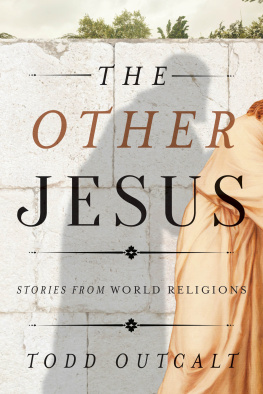
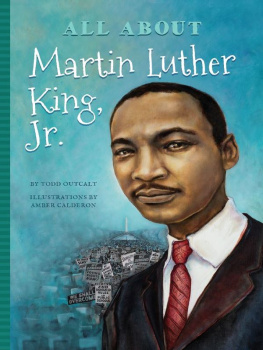
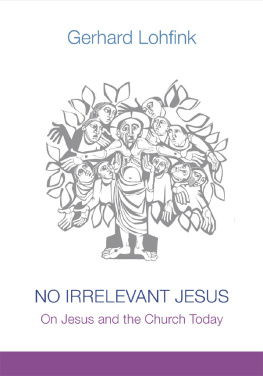
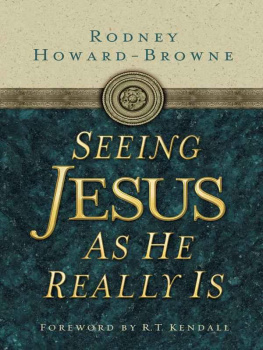
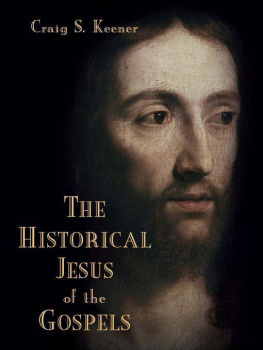
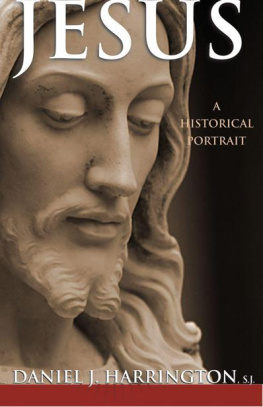



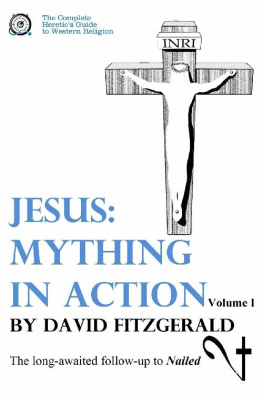

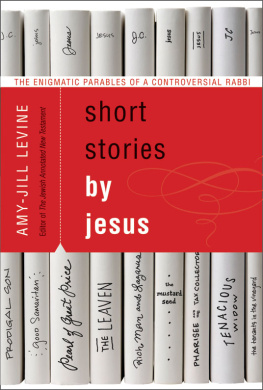
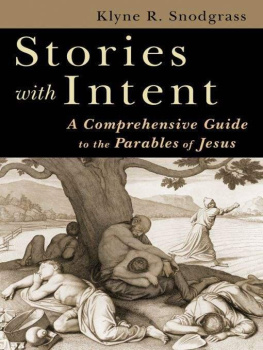
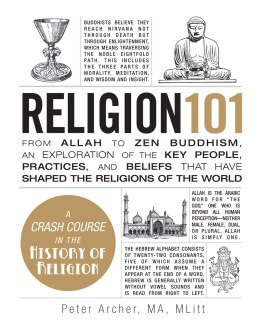
 TM The paper used in this publication meets the minimum requirements of American National Standard for Information Sciences Permanence of Paper for Printed Library Materials, ANSI/NISO Z39.48-1992.
TM The paper used in this publication meets the minimum requirements of American National Standard for Information Sciences Permanence of Paper for Printed Library Materials, ANSI/NISO Z39.48-1992.